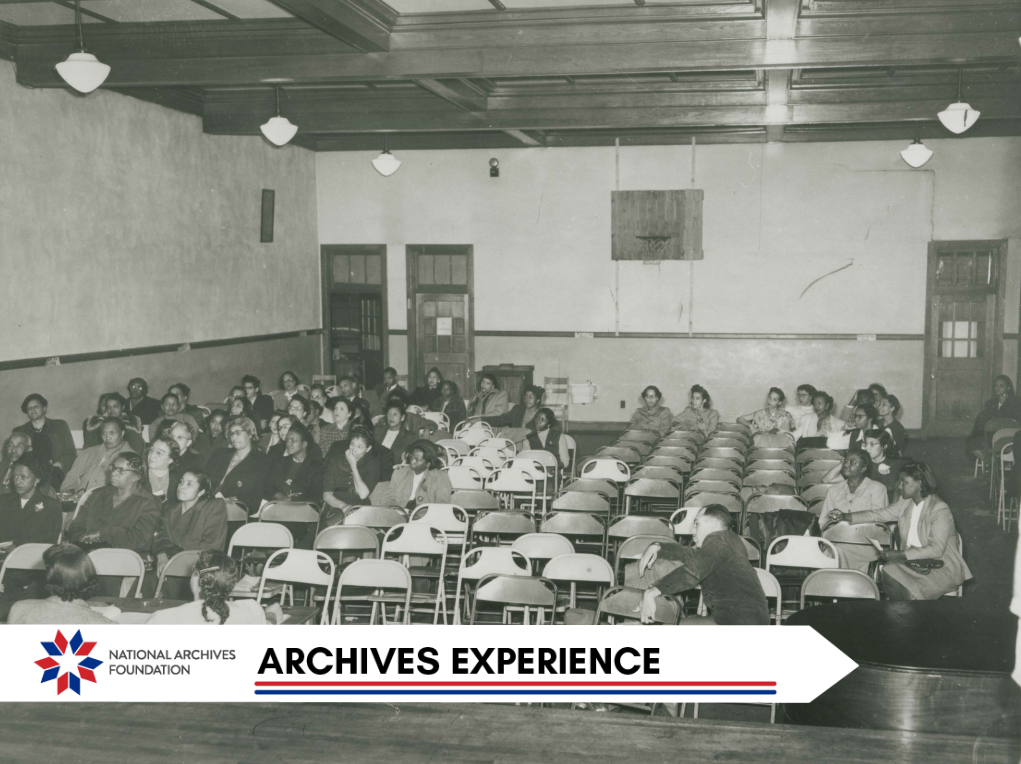Celebrating the Archives

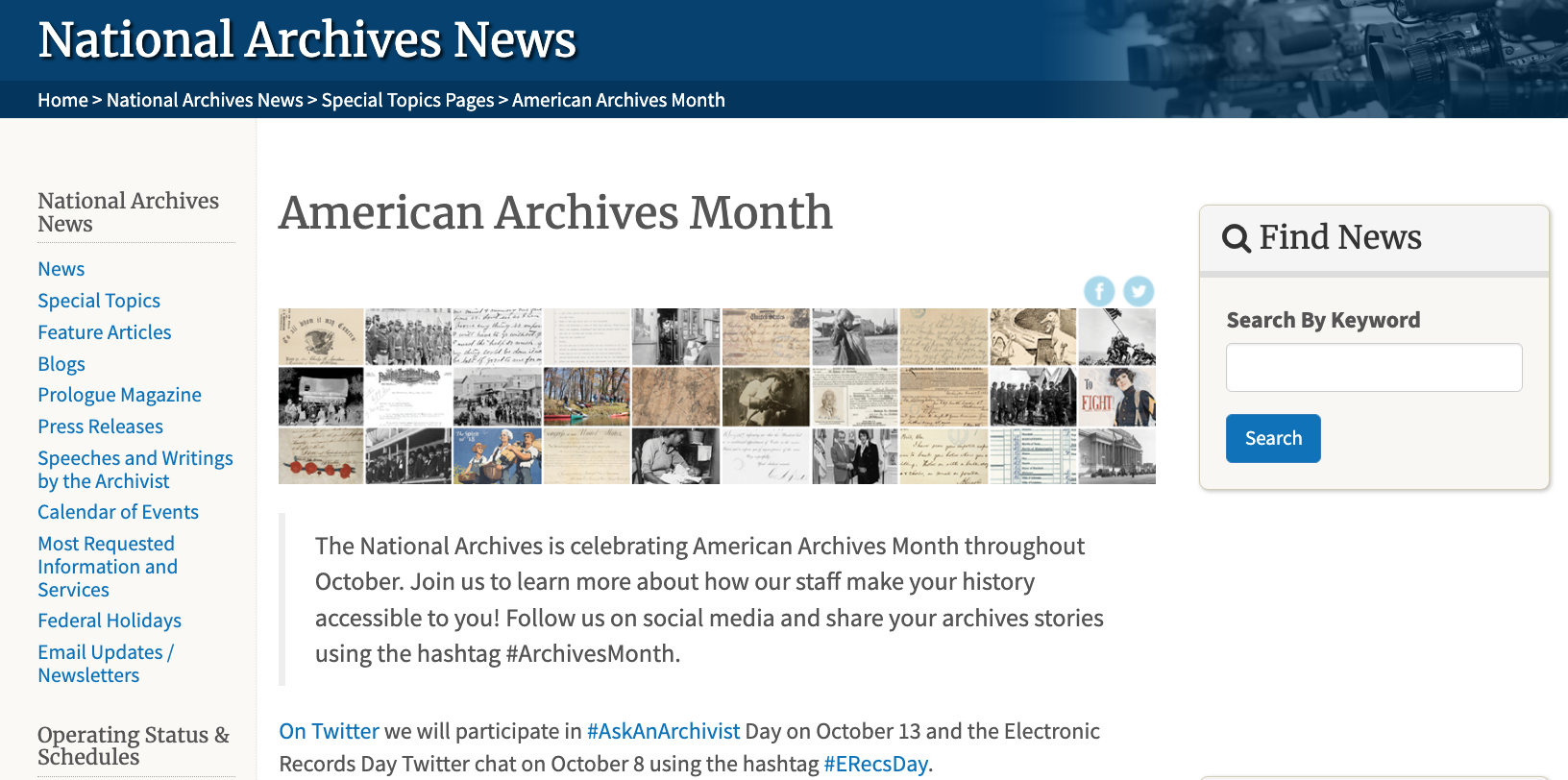
Archives Month,
click here
and keep reading!
Yesterday, the internet went down. Well, not all of the internet, but Facebook, Instagram, and WhatsApp found themselves indisposed for most of the day. Just think about all of the posts and messages that went unsent and unread.
This digital hand-wringing cast a bright light on the benefits of working in an analog world – it never goes offline! Enter our friends at the National Archives and the 15 billion paper records it holds, processes, preserves, tracks, and serves up to the public. Ye ol’ parchment paper and swirling cursive do have the benefit of not having to be downloaded to be read.
October is American Archives Month, a time to spotlight the stewards of our past. At the Archives, this means acknowledging the thousands of archivists, curators, researchers, educators, and others who not only preserve our past, but also bring it to life. In this issue, we tip our 🎩 to the work of the National Archives, and 👏👏👏all those hard-working archival superheroes around the country who help keep our heritage safe for future generations.

Patrick Madden
Executive Director
National Archives Foundation
Roll Tape

The National Archives is dedicated to preserving the records that tell America’s story, and that includes our films and moving pictures. “A2” at College Park is one of the largest Archival facilities in the world, and houses the Archives’ moving picture and sound branch. To learn more about their work, we talked to Ellen Mulligan, a Supervisory Archivist at Archives II. “NARA’s Moving Image and Sound Branch maintains the permanently valuable moving image and sound records of the federal executive agencies of the U.S. government,” she said. “Since the early 20th century, the government has employed moving image and sound technologies to document moments in history and advances in research, to educate citizens and inform allies, and to celebrate significant events. As a result, our holdings range from the early films of the World War One era to NASA’s exploration of space, and include Oscar winners like Nine From Little Rock and documentary classics like The Plow that Broke the Plains and Wealth of a Nation. We also hold a limited number of historically significant donated collections, such as the Universal Newsreel Library, including theatrical releases and outtakes.”
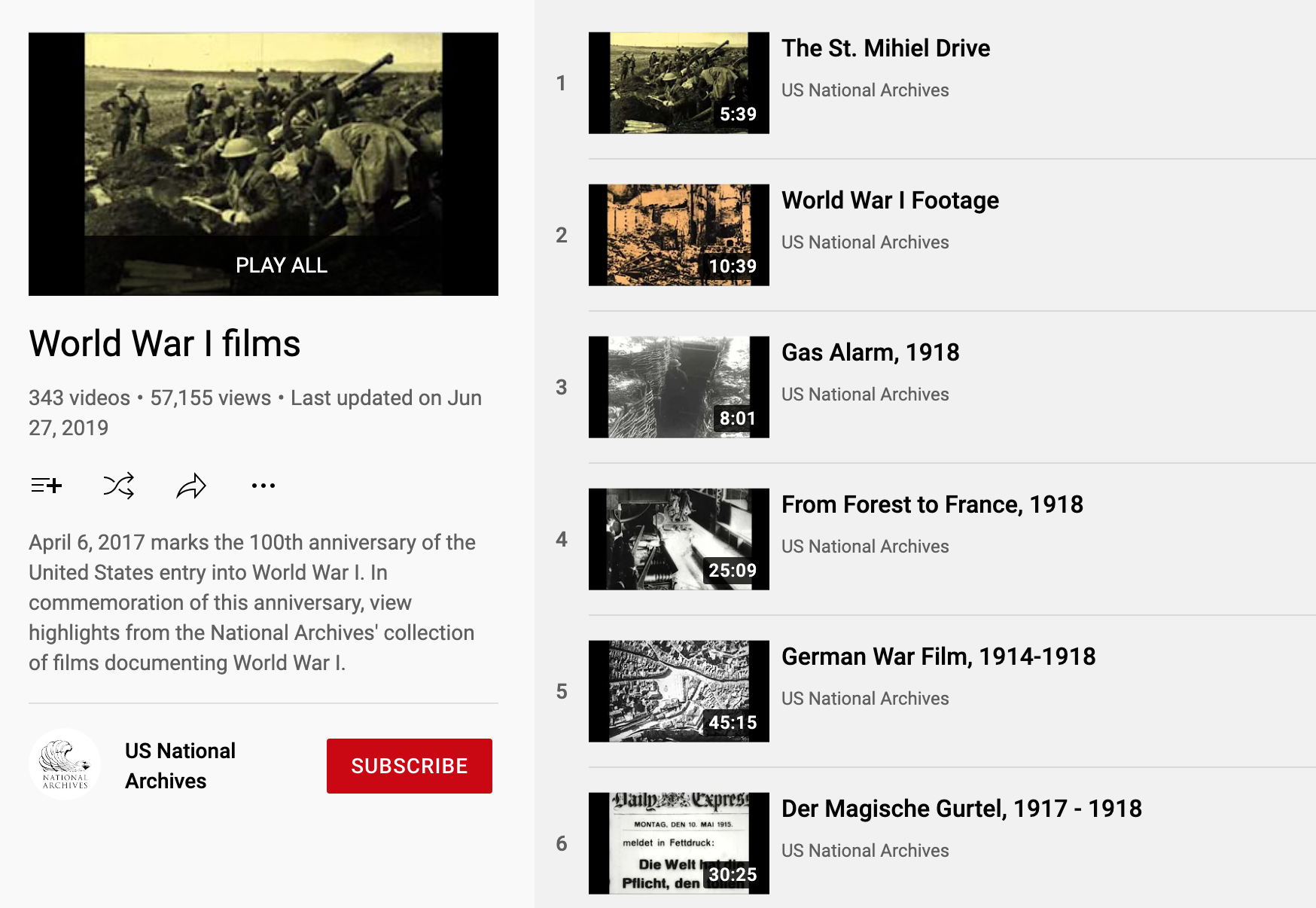
on the National Archives YouTube channel

in the National Archives Catalog
As far as the preservation of these original films, the staff at Archives II are in a race against time. Nitrate film can catch fire, so any moving pictures on nitrate film are quickly transferred to acetate or polyester safety film. Although acetate-cellulose film is not flammable, it nevertheless deteriorates as it ages. As it disintegrates, the film off-gasses acetic acid and basically turns to vinegar. This issue makes digitizing moving pictures particularly time-sensitive.

in NARA’s The Unwritten Record blog’
“In the Moving Image and Sound Branch, we work every day to secure these records and to provide access to researchers from around the world. We also work closely with the Motion Picture Film and Audiovisual Preservation Labs on preservation and digitization projects,” Mulligan explains.
If you’re interested in learning more about the Moving Image and Sound Branch or viewing the digitized versions of preserved films, visit the Archives online catalog, the Special Media Division blog The Unwritten Record, or the Archives YouTube Channel. If you have questions during your exploration, you can use their help guide on their web page or contact their reference staff at [email protected] with specific requests.
Executive Legacies
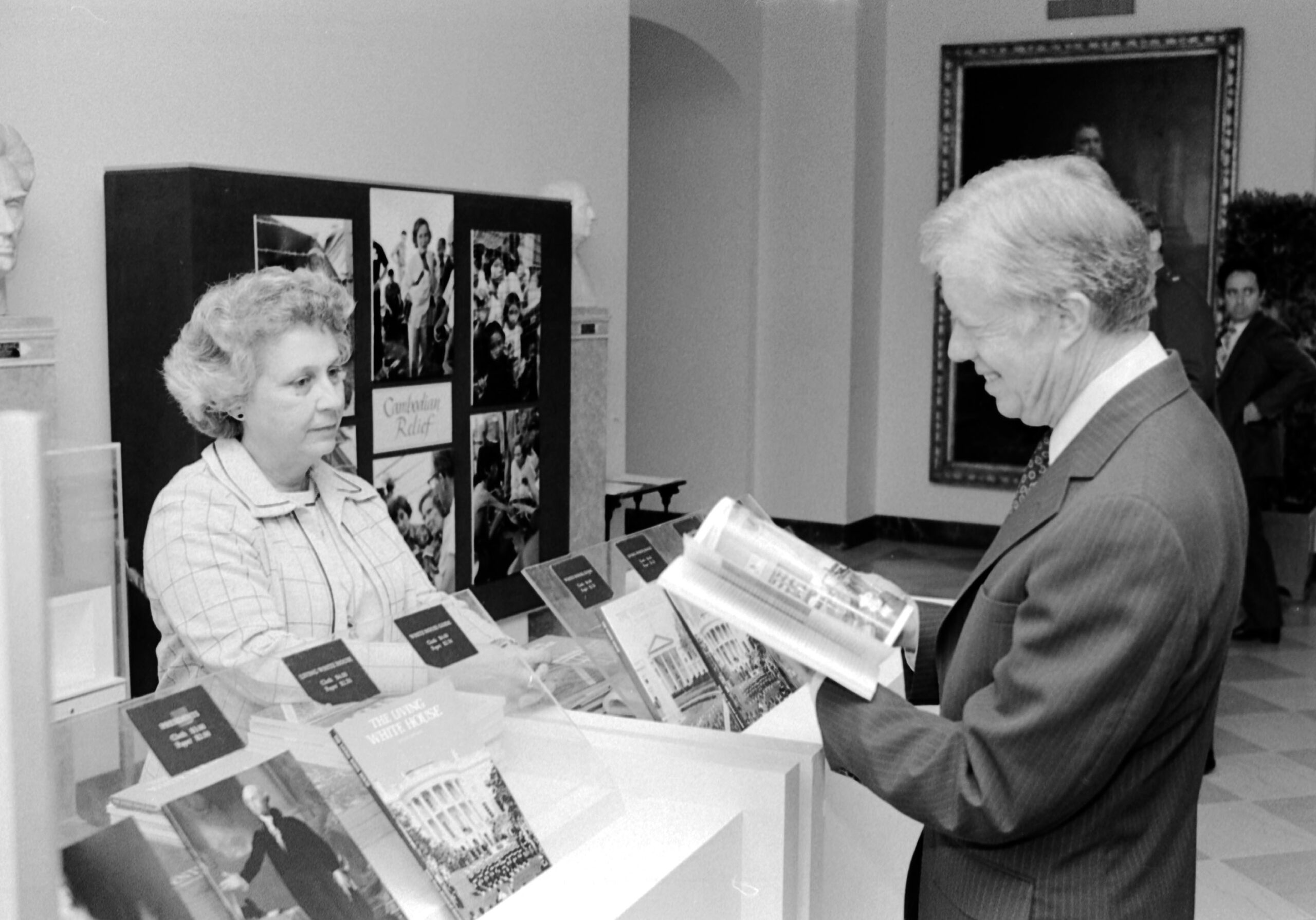
The Office of Presidential Libraries at the National Archives and Records Administration administers the Presidential libraries. Fourteen of the libraries maintain an online presence.
The latter two are not yet fully constructed, but they offer online resources to researchers and the public.
To gain more insight into how the Presidential Libraries preserve the legacies of their namesakes, we talked to staff at both the Carter and Reagan libraries.
“The Carter Presidential Library preserves and provides access to the official public records, personal papers, and artifacts of President Jimmy Carter, First Lady Mrs. Carter, and his administration,” says Meredith R. Evans, Ph.D., the Director of the library. “The library presents historic documents and artifacts to the public for viewing, research, and discourse to increase knowledge and understanding of our democracy, the importance of civic engagement, and America’s national experience and global impact.”
Mira Cohen, the Director of Education at the Reagan Library, shared perspectives from both archivists and curators about how both the proliferation of digital content and COVID-19 turned an unprecedented year into a learning opportunity.
“Today, Reagan Library researchers have more options to access our records than ever before. The traditional onsite examination of materials can be supplemented or even bypassed with the use of digital records now available on our website. The vast archival document holdings, along with the 3-Dimensional Curatorial/Presidential gifts holdings of LP-RR, make up the majority of the publicly displayed artifacts, and are the centerpieces of the 120,000-plus square-foot museum. Whether they be signed pieces of legislation, ball gowns. or projects created by school children and then mailed to the White House, these varied and amazing NARA holdings are the key to engaging the public in learning about history from the 1970s, 1980s, and 1990s.
“The education team at the Reagan Presidential Library consistently innovates by pairing new technologies with historical records to create engaging experiences for visitors ages 6 to 60-plus. During lockdowns, we developed a new virtual series of decision-making simulations based on the Situation Room Experience to encourage analysis of historical sources, media literacy skills and student interaction. The program ‘Lives in Balance’” was awarded the prestigious Gold Muse Award and the Bronze GLAMi award. AAM judges noted that it ‘turned the 2020 COVID situation into a meaningful learning opportunity in a contemporary, interactive way. By utilizing a live-action role-play-based digital platform they created a unique and empowering civic learning experience for students very relevant for the times.’”
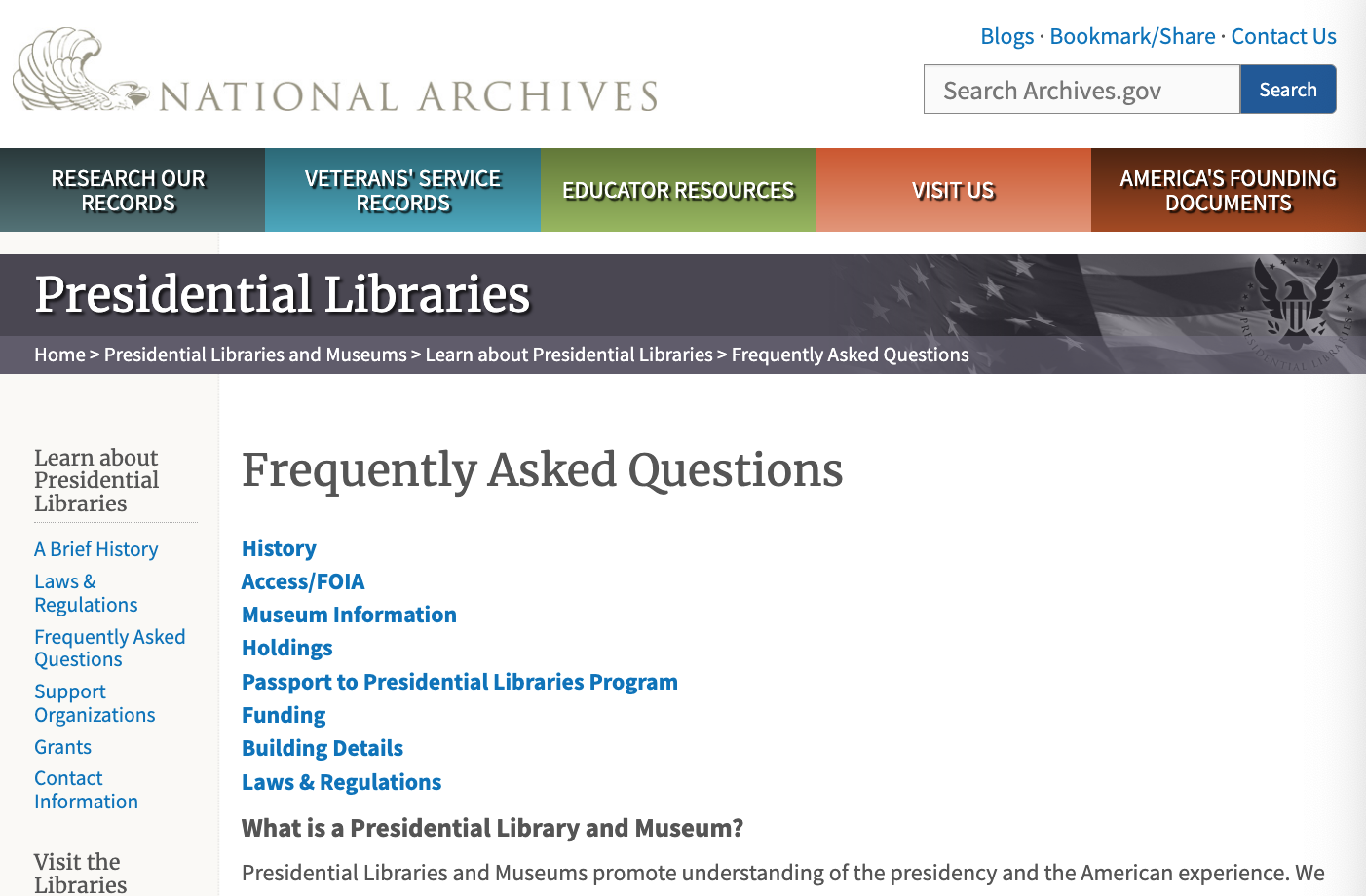
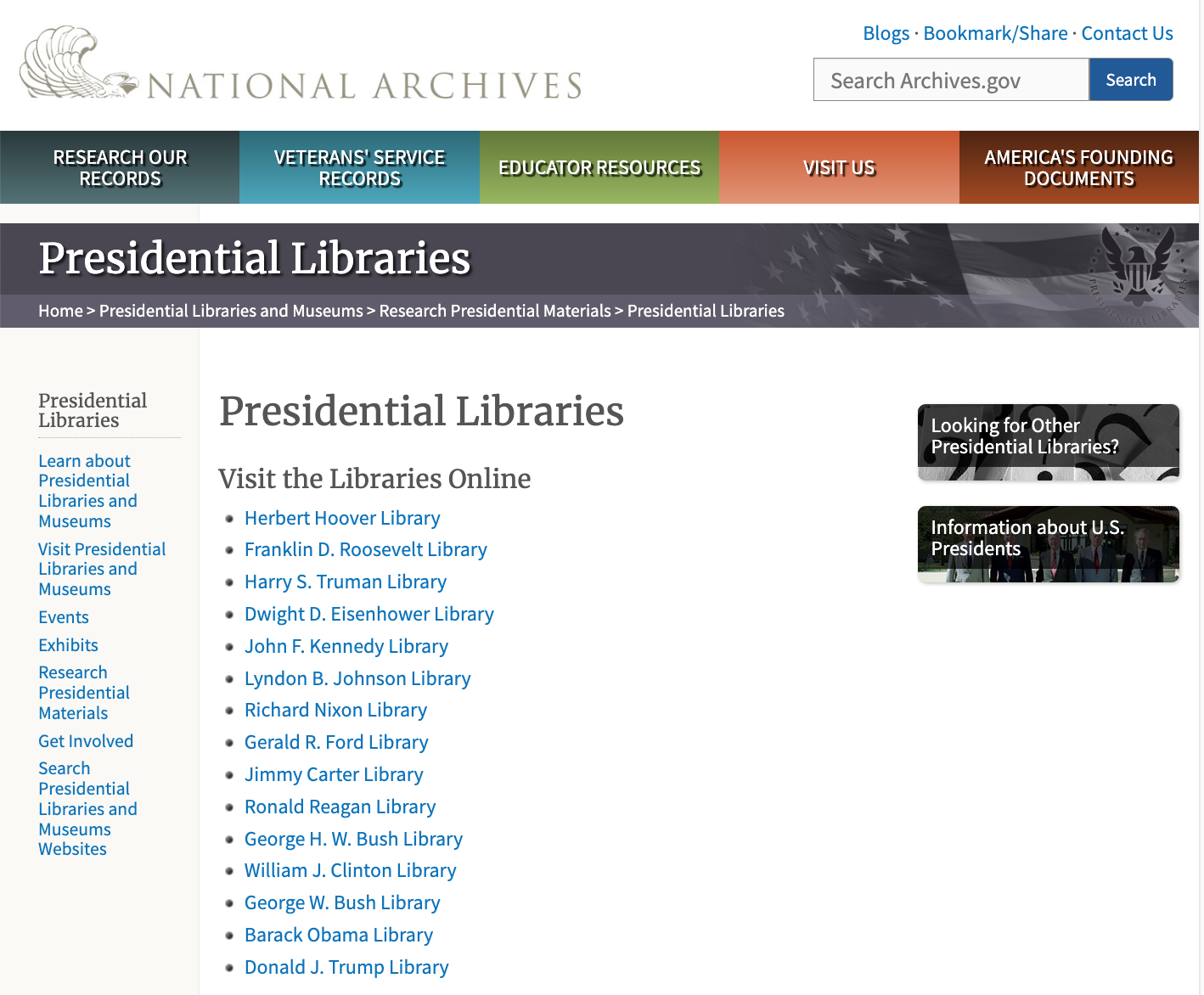
Preserving a wealth of documents, motion pictures, and memorabilia, the libraries are particularly useful to people seeking information about the period in which a specific president was in office. Do you have a favorite President or an era of history you’re interested in? You’ll find great information about Presidential libraries and their contents in general by visiting the National Archives’ FAQ page.
History Hub
With 15 billion paper documents (PLUS our film archives, digital archives, and more), it can be hard to find exactly what you’re looking for. The Archives has extensive records, and with the recent interest in genealogy and the Census, more people are doing a deep dive into our online catalogue to find the records that relate to themselves and their families.
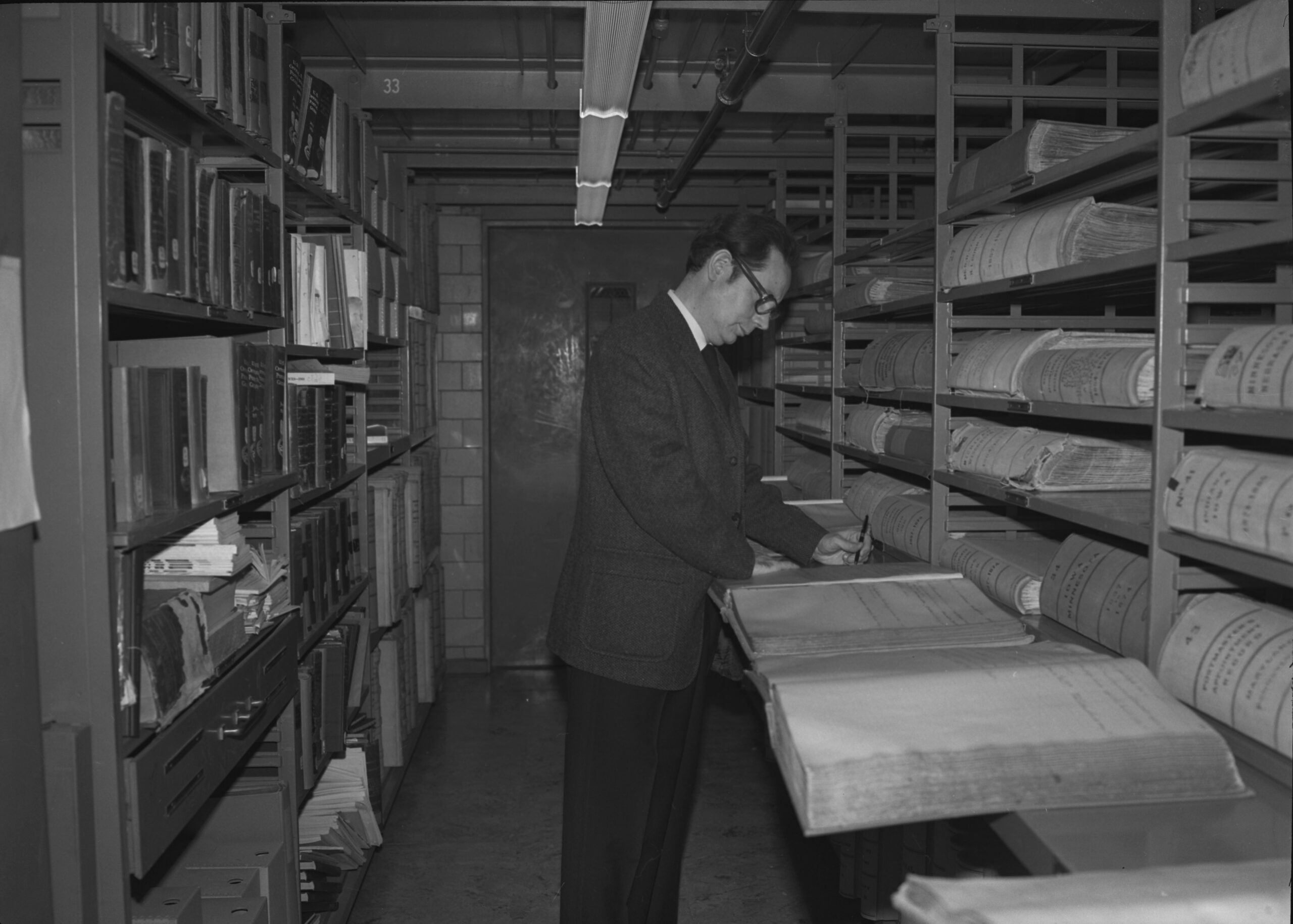
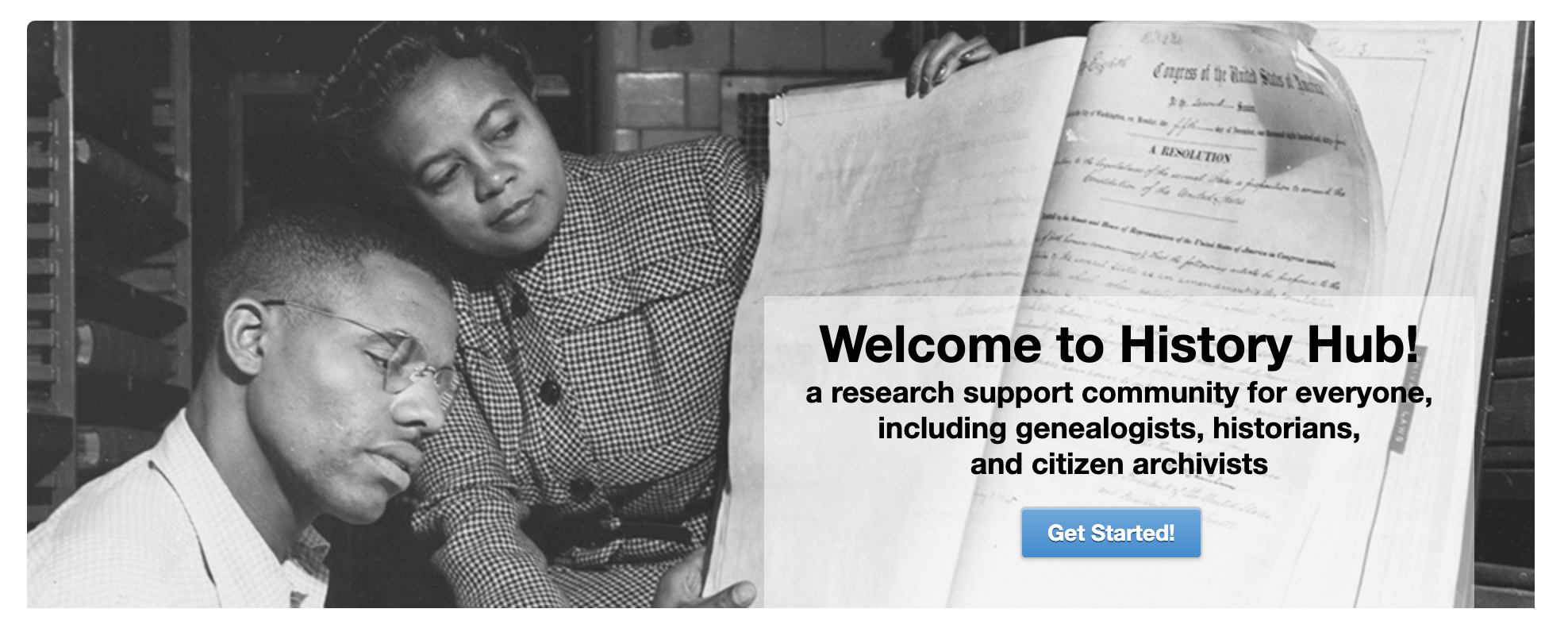
Some recent searches include: “how to look up bronze star awards” , “what ship did my father serve on while in the Navy” , and “how many women voted in the 1920 Presidential election?” Get answers to all of these questions and more at our history-themed Google, History Hub!
Decisions, decisions…

Federal Records Center

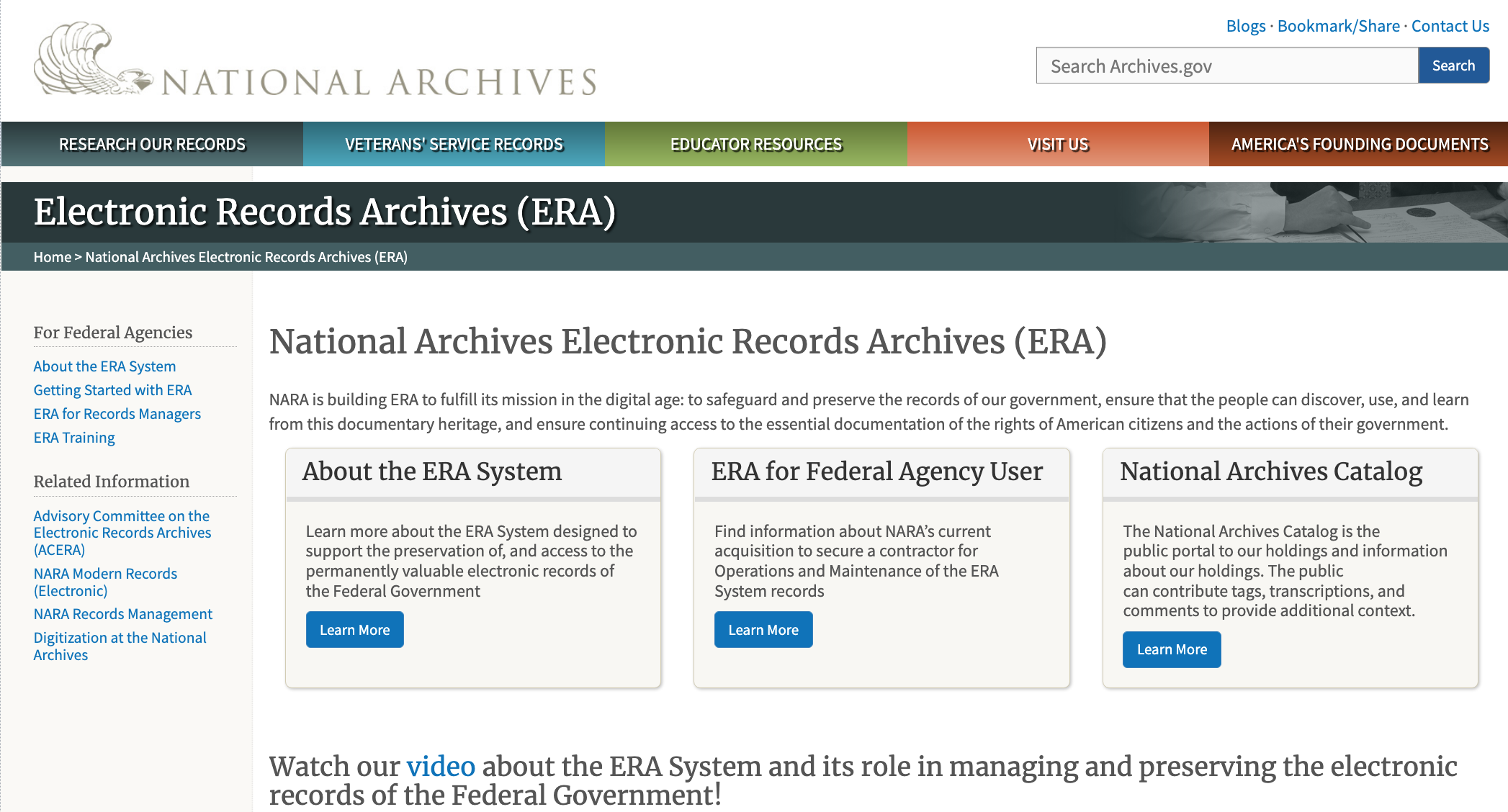
The Archives accepts less than 2% of all documents that the federal government generates each year for permanent preservation. Most agencies hold on to their records for thirty years before submitting them to the Archives. Presently, the agency houses more than fifteen billion paper records, including textual records, still photographs, digital images, filmstrips and graphics, aerial photographs, charts, architectural and engineering drawings, maps, video and sound recordings, motion pictures, and electronic data. The Archives is also preserving electronic federal records via its Electronic Records Archives (ERA) program.
Taste Test
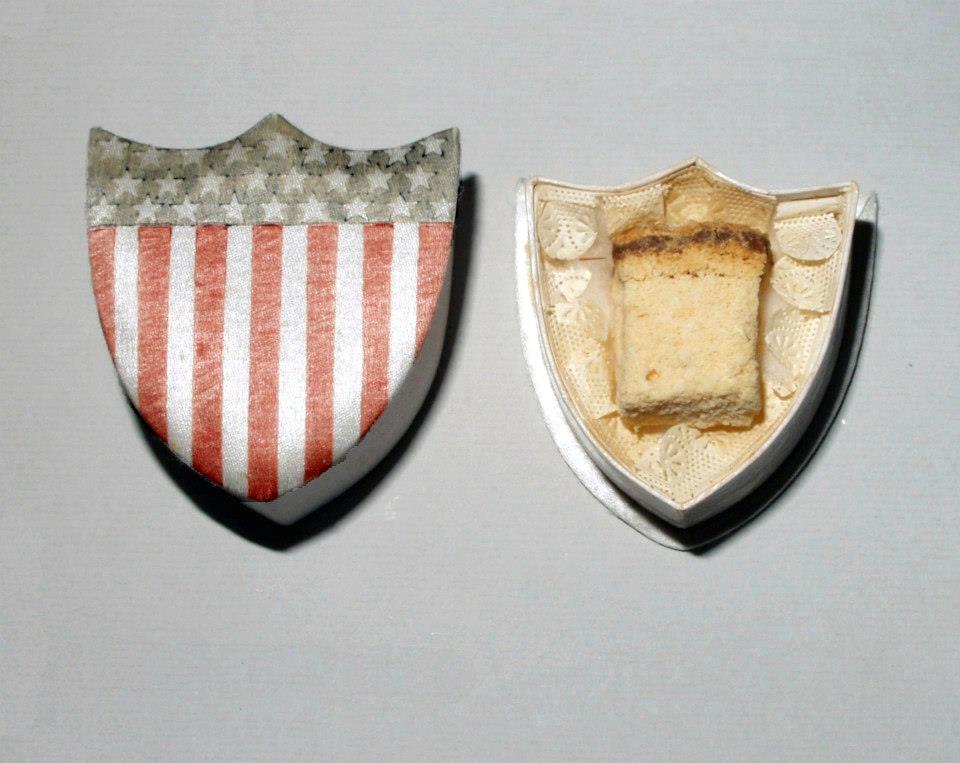
Would you taste a 104-year-old piece of cake? It’s available at the Eisenhower Library, and while it’s probably not safe to eat, it has a great story behind it.
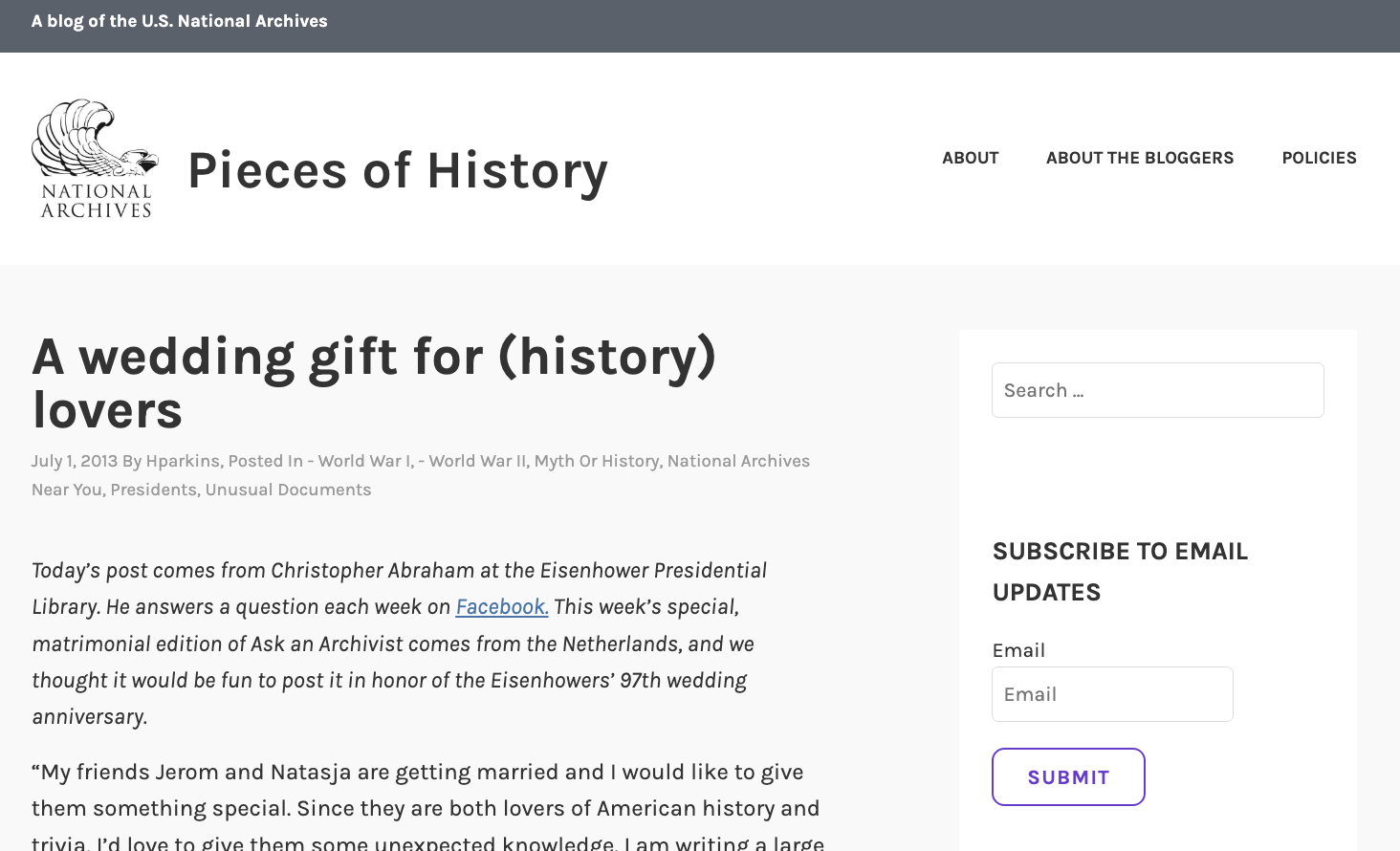
in NARA’s Pieces of History blog’
On Valentine’s Day in 1916, future First Lady Mamie (Doud) Eisenhower’s parents announced their engagement, and the couple was married on July 1 in Denver, Colorado. On their wedding day, a small sliver of cake was wrapped up and put in a box. It was sent to the museum in 1961 from the Doud family home after President Eisenhower’s mother-in-law passed. In 1971, it underwent a preservation treatment to help it last longer. As of the cake’s 97th birthday, it was still in good condition.
How about THAT for a history snack?

Related Content
